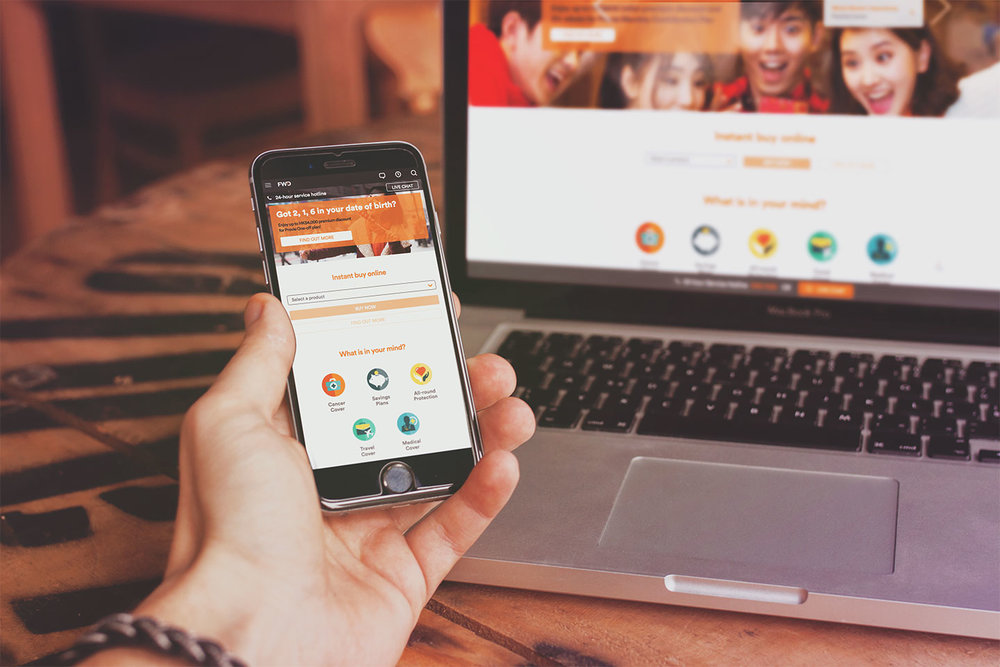Scaling digital platforms to enhance public trust
From late 2019 to 2020, POWER SHIFTER Digital helped the Government of BC create a business case for millions of dollars in funding to improve digital platforms, together with KPMG and TELUS.
This case study quotes from the official POWER SHIFTER website, which I wrote in collaboration with Christie Atkins.
My Role
- Service Design
- UX Research
- Usability Testing
- User Experience Design
- Content Strategy
- Business Case Writing
Over 5 months, I led a 15-person Alignment workshop with government stakeholders to kick off our Discovery exploration on how to increase citizen trust. We also interviewed 26 public citizens residing across the province, and I facilitated a 14-person Co-Design workshop testing and iterating on wireframed prototypes for a proposed new platform that would verify and motivate public participation in provincial decisions.
For this project, I worked with senior members of the KPMG Innovation Lab team, TELUS project managers, and Assistant Deputy Ministers and Directors from the Government of BC.
“How might we get better, more useful comments from people who actually care about the consultation projects?”
The Challenge
Improving digital platforms to restore trust
The Government of British Columbia's public consultation process is undergoing a digital transformation. Online platforms already existed, but very few felt comfortable using an advanced verification process. To improve civic engagement, it was critical that the Government determined and addressed all barriers before implementation.
By simplifying the process, we created the foundation for a scalable digital platform that will enhance public trust, improve identification issues, and reduce overall project costs.
The Solution
Early-and-often means better value alignment
As you can imagine, 10+ stakeholders across three large organizations mean many layers to align with. We conducted two co-design workshops and numerous stakeholder interviews to better understand the public's hesitation with using the online platforms. The output led to three distinct personas that served as our lenses to evaluate the consultation process. Based on these personas, we designed and tested prototypes that led to the following recommendations:
Complete Journey Map
Visualizing the citizen’s journey helped stakeholders get a 360 degree perspective of their experience. Seeing the citizen goals during each phase, accompanied by their pain points, allowed the team to better address opportunities for improvement.Revised Messaging
To increase the transparency of online interactions, we simplified the messaging. Questions were reworded to include binary answers, and explanations highlighted why the information was relevant.Data Collection, Use, and Storage
As users moved through the online experience, tooltips and other context-setting descriptions were highlighted to explain how personal data was being used and stored, and why it was important for the government to know.Build Comfort through Familiarity
To make the public feel comfortable with providing personally identifying information, we moved away from video verification to create an authentication experience that felt familiar, and therefore, more secure.Prototype and wireframe elements (Source: Priscilla Ho, POWERSHiFTER)
The Process
Discovering the Right Problem
I led a full-day workshop in Victoria with 15 deputy ministers and other staff members within the Government of BC, KPMG, and TELUS. It was a needed Alignment session to confirm what the value proposition of this product together, what success would mean, risks and further questions to validate through our Discovery process. An initial customer journey map and proto-personas were confirmed after 12 interviews with public citizens.
Image shown to visualize workshop environment, and blurred for privacy reasons
Developing Opportunities with Co-Design
I designed another Co-Design workshops after synthesizing and validating concepts with Government stakeholders. There was a round of usability testing before the workshop, where participants would be able to give non-biased feedback online. Then we came together in-person, right before the COVID-19 pandemic hit, to capture and iterate on the entire citizen journey from Awareness to Participation, Verification to Feedback.
“We need reassurance on security, that it comes from a trusted source, even after we commented.”
There were 9 essential How Might We questions that we walked the group through, the output of which led to Recommended Personas, an iterated Customer Journey Map with key insights that created the foundation for the business case, as well as iterated clickable wireframes that would inform future product design builds.
The Outcome
A Business Case for Federal Strategic Innovation Fund
A healthy democracy empowers its citizens to voice their opinions and gives them the tools to do so. The Government transitioned public consultations online to enhance accessibility and improve civic engagement among British Columbians. Our work together surfaced seven key user experience pain points that, when addressed, contributed to the foundation of a Strategic Innovation Fund proposal. This plan showed how millions of dollars would be used to develop a scalable digital platform to enhance public trust, improve identification issues, and reduce overall project costs for all future public consultations.
“By taking a human-centred approach to design, POWERSHiFTER was able to gather radically honest and candid feedback from residents and stakeholders. With these new insights, we have evidence to support the future development of our digital platforms.”







